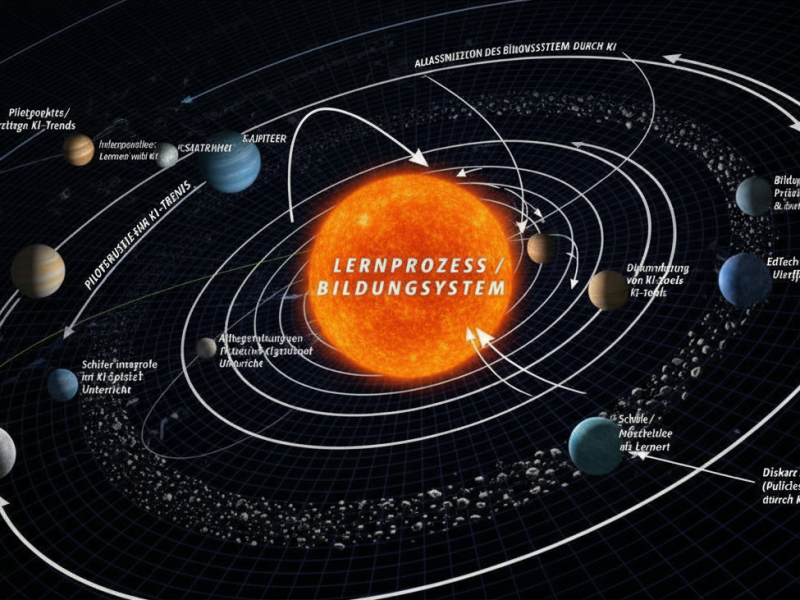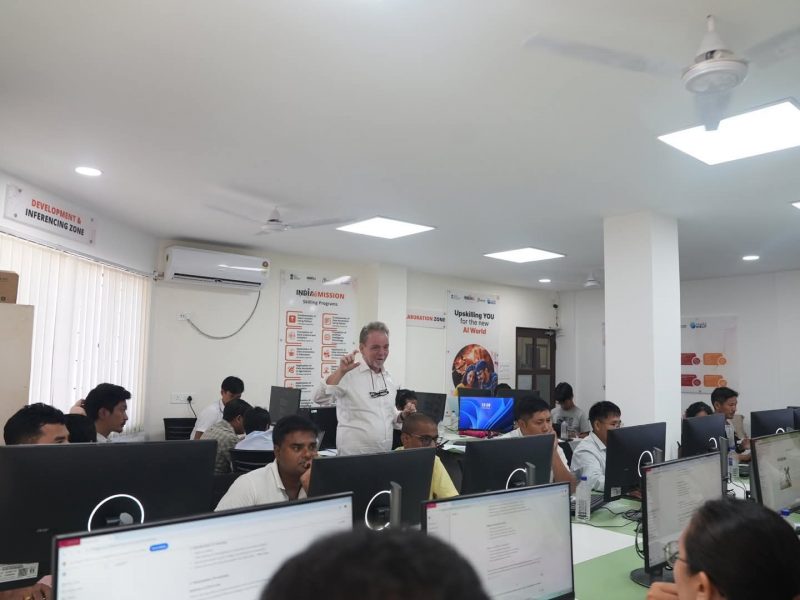KI-Chatbots verändern Aufgabenprofile und sparen Zeit – doch der Produktivitätsschub bleibt meist aus. Neue Aufgaben entstehen, auch für Nicht-Nutzer. Fazit: Die Effekte sind kleiner als gedacht und stark vom Einsatzkontext abhängig. Das zeigt eine aktuelle Studie aus Dänemark.
Alle Zitate aus: Humlum, A., & Vestergaard, E. (2025). Large Language Models, Small Labor Market Effects. Elsevier BV. https://doi.org/10.2139/ssrn.5219933
Hier ein paar Auszüge:
Bei falscher Aufgabenstellung sind Effekte negativ
RCTs show that the effects of AI chatbots can turn negative if applied to the wrong tasks
Humlum & Vestergaard, 2025, S. 1
Neue Aufgabenzuschnitte entstehen
Second, we investigate how chatbot adoption affects work processes. While AI chatbots save time across all exposed occupations (for 64%–90% of users), their impact on work quality and job satisfaction varies. Notably, AI chatbots have created new job tasks for 8.4% of workers, including some who do not use the tools themselves. We examine how AI chatbots are reshaping work by analyzing workers’ free-text descriptions of their new tasks. The role of task creation in shaping the impact of AI chatbots on work aligns with existing theories on how automation technologies reinstate labor demand […]
Humlum & Vestergaard, 2025, S. 2
Gesamtwirkung auf Arbeit bisher gering
However, despite substantial investments in AI chatbots, their overall impact on work remains modest: users report average time savings of 2.8% of work hours. This contrasts with the significant productivity gains—often exceeding 15%—documented by RCTs in our study occupations (Brynjolfsson, Li and Raymond, 2025; Noy and Zhang, 2023; Peng 2 et al., 2023). Two key factors help explain this discrepancy. First, effect heterogeneity: while existing RCTs concentrate on occupations with the largest productivity gains from AI chatbots, our broader survey reveals that several exposed occupations see more modest gains. Second, the lack of firm-based complementary investments: many real-world workers do not operate under the same favorable conditions as those in experimental settings, limiting realized productivity gains. These findings caution against directly extrapolating productivity gains from controlled experiments to the broader economy.
Humlum & Vestergaard, 2025, S. 2
Narrative des Arbeitsmarktwandel in Zweifel
Overall, our findings challenge narratives of imminent labor market transformations due to Generative AI. While adoption has been rapid, with firms now heavily invested in unlocking the technological potential, the economic impacts remain small.
Humlum & Vestergaard, 2025, S. 4



